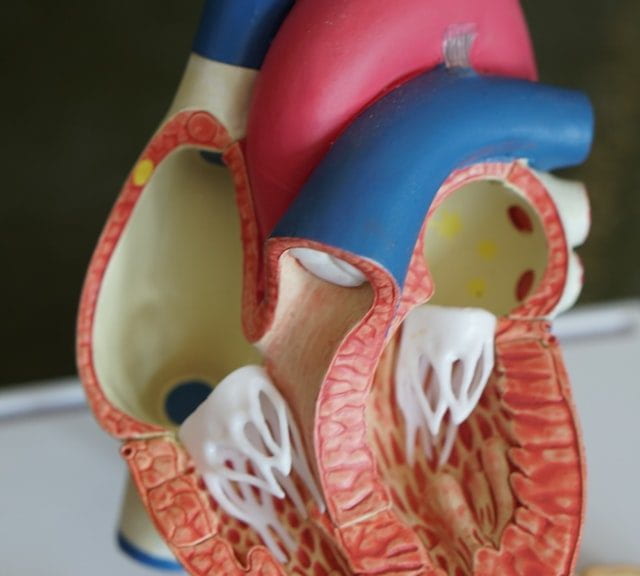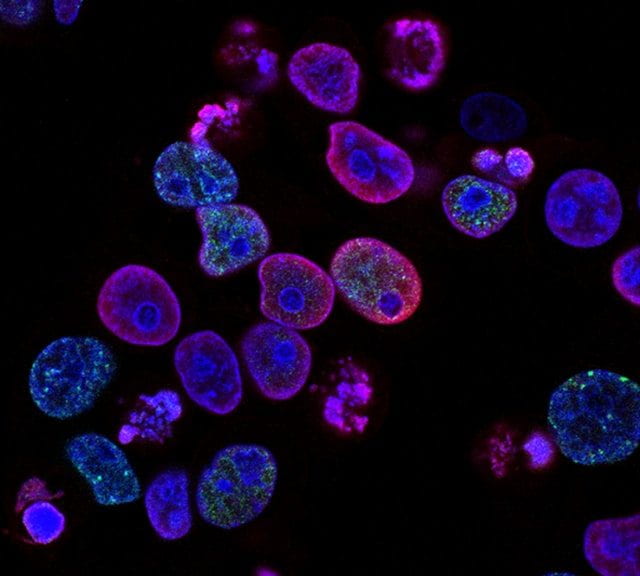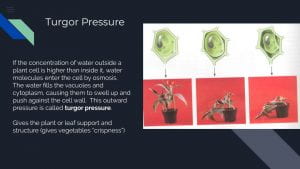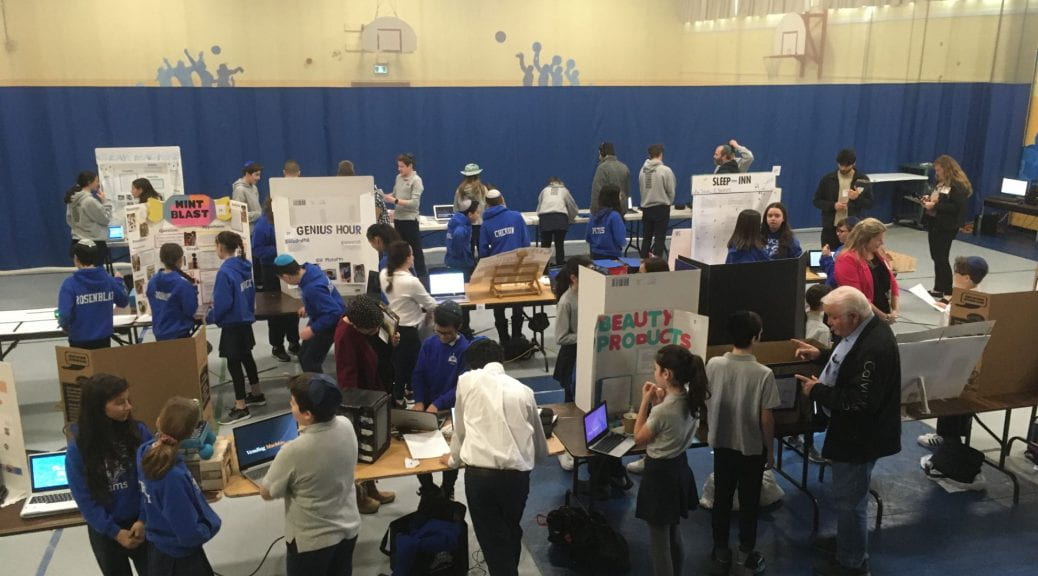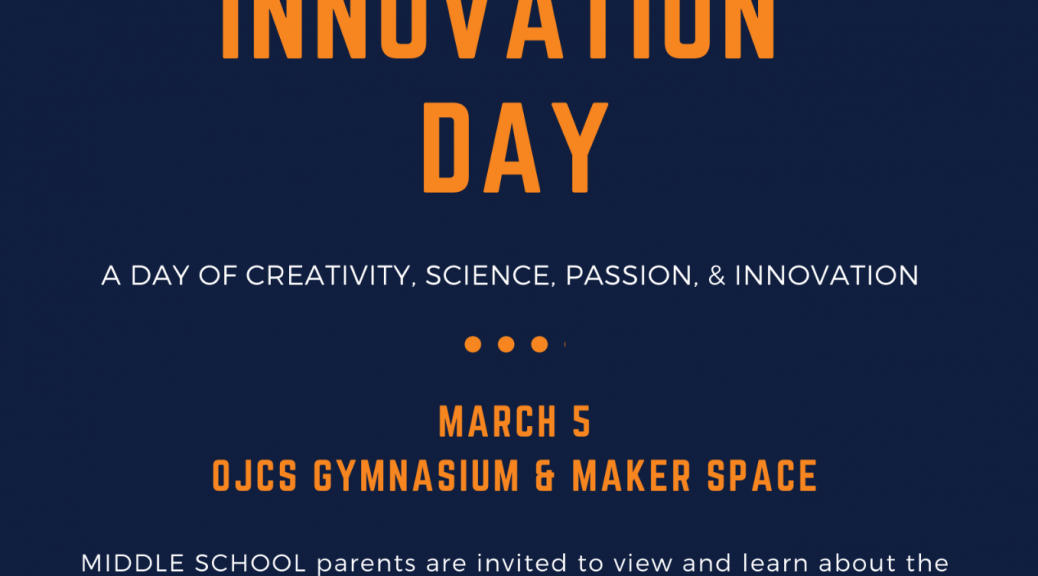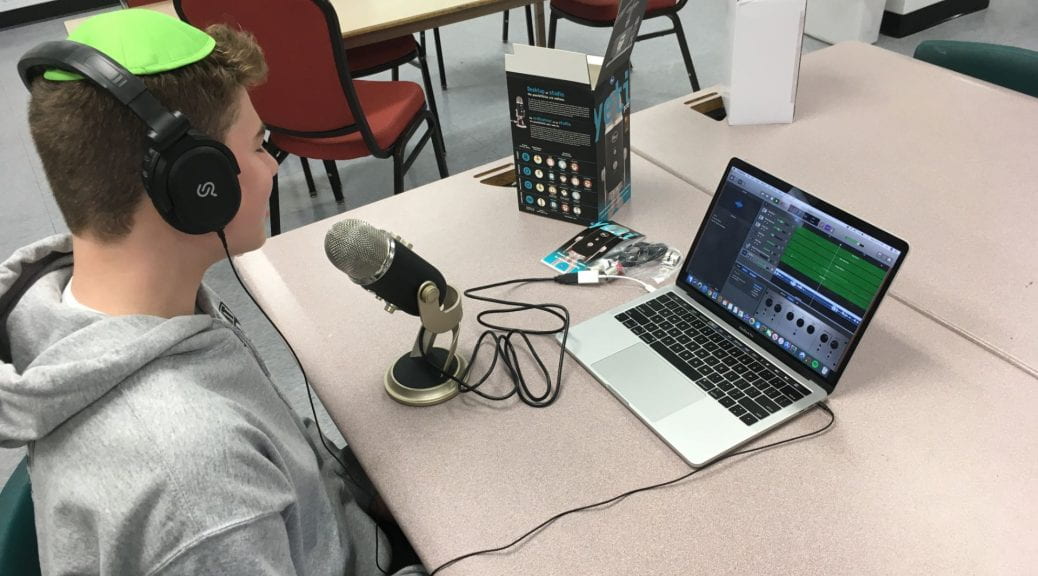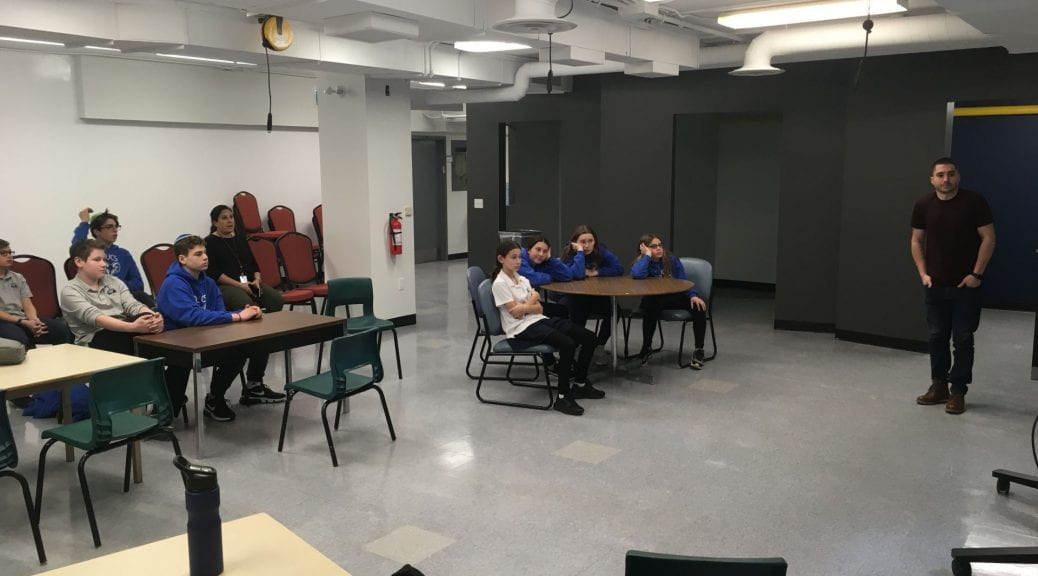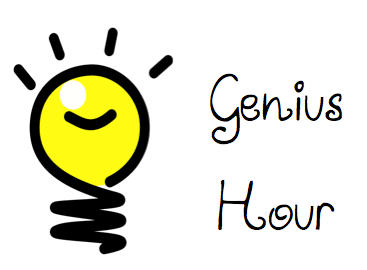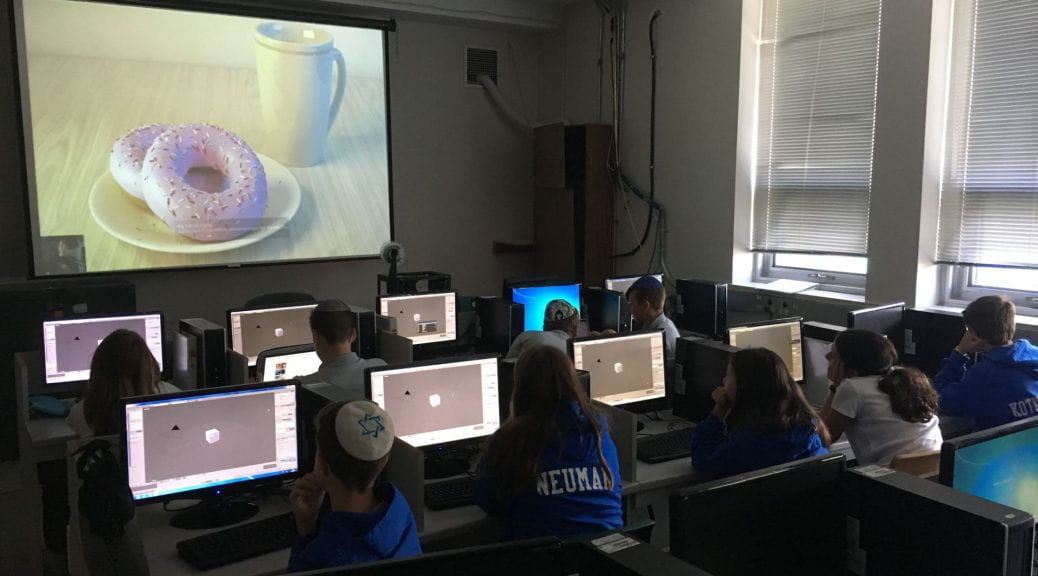Kiera – Clothing out of Plastic Bags
For my Genius Hour project, I will be creating clothing out of plastic bags! I will also start an in-school drive to collect plastic bags from people who don’t need them. This idea will benefit the environment by reusing and eventually reducing the amount of plastic.
There were a few obstacles when researching and figuring out how to create the 3d model. I needed to find a plan B on how to melt plastic and how to make the plastic sustainable. It was very hard to research and find something but I found an answer to my problem. I decided to use plastic bags with added materials. I scratched out the idea of melting it because it is not safe with all the chemicals it can produce.
I created a wakelet to share out my research learning! On my wakelet you can find some of the sources that I used to help me with my research. My Genius Hour slide presentation is on there as well as a few other videos I didn’t put on this blog.
Wakelet link – https://wakelet.com/wake/4d8f31ac-18fb-4ec5-9b20-05a87a5718a5



This is an image of a jacket that is made out of plastic.
Jayson – Braille Rubik’s Cube
For Genius hour I am trying to make a Rubik’s Cube for blind people. So what I ended up doing is I researched Braille. If anyone was asking what is Braille? Braille is a language for blind people, so if you ever go into an elevator below the numbers you will see Braille.
I could have also done patterns on the Rubik’s cube instead of Braille. In my research I have learned a lot about how to make Braille and how to put it on an object (Rubik’s Cube). I will put Braille on the Rubik’s Cube using a 3D pen. If you were wondering how I would put the whole word on the Rubik’s cube, I am not putting the whole word on the Rubik’s cube, I am just putting the first letter on the square of the Rubik’s Cube. Thank you for reading my Genius Project.

Max – Music creation using on Soundcloud
For my soundcloud account I would like to also share things that I have learned throughout my process in production music. Here are some important data towards producing music.
A key factor to music production is knowing the difference of using loops and creating ur own beats. Using loops is very easy and used by beginners because if everything is in the same tempo, it makes it simple to put together a beat. When music is produced from scratch, it gives a chance for increased creativity and the ability to use different instruments in any way you want. I personally am going to mostly use the keyboard I have on my touch bar and my guitar if necessary. If someone wants to go into serious music production, they will buy a MIDI controller and a paid DAW. The MIDI controller includes a keyboard and beat pad. The audio isn’t played out loud but instead is transmitted into the DAW. The DAW is the program that the music is being edited and played on. I’m using GarageBand, a free DAW for my computer that has more limited abilities than a paid program.
A great way to create melodies is to create songs in the key of a note. For example if I used the key of E major, I would revolve the melody around the notes E, F♯, G♯, A, B, C♯, and D♯. The same concept goes with chords.
It is important for music to be on the same tempo. This is crucial towards adding tracks and lyrics to the music so the person who is recording audio knows when to sing. It also makes the song sound more professional and less sloppy.
Music should be creative by adding different beats throughout the track.
Key words:
Loops – a section of a piece of music cut in such a way that it can be seamlessly repeated indefinitely by technical means. Also can be a royalty free loop provided in Garageband or any other DAW.
Beat – a main accent or rhythmic unit in music or poetry.
Tempo – the speed at which a passage of music is or should be played.
MIDI – Musical Instrument Digital Interface
DAW – Digital Audio Workstation
GarageBand – a free DAW for Apple computers
Scientific Connections:
- Music is a mathematical or scientific exercise. The combination of sounds, tempo, and pitch are just like the combination of known facts and knowledge mixed with the creativity and imagination in both science, math, and music.
- Both science and music use formulas to solve problems, in music it is theories.
- Music is the science of sounds. Science says that sound is vibration and the frequency of the vibrations create different sounds. Music puts the sounds into patterns and emotions.
- Science has proven that music can reduce stress. When someone listens to music it releases the hormone, cortisol, which reduces stress.
- Listening to music increases the neurotransmitter dopamine. Dopamine creates a feel-good state in the brain.
Publishing:
I will share my music by uploading it to soundcloud, follow Max here
Zoe – Eco friendly Dolls
During the past few months we have been working on our Genius Hour projects and I am creating an eco friendly doll out of reused and recycled materials. Before actually creating this doll I had to do lots of research and brainstorming to make sure everything would go as planned. Here are pictures of my wakelet. I made this wakelet which has all of the sources I used to help me with my research, I will also leave the link to my wakelet just in case you want to use the same sources as me to help you with one of your projects. I will also be starting a clothing drive to reuse old clothes as the dolls skin. https://wakelet.com/wake/0a1a3abb-6b87-4315-9058-ec14fffde0ff



Here is a picture of a sketch I drew based off how I imagine my doll to look, it is also labeled with the material it will be made of.

Ari – Here’s the Game Plan
Here’s the game plan
Summary of data I learned during research:
Strats of editing
- The first step in improving your video editing process is to choose the right software for you and your work.
- Use a Fast Computer. One that has lots of storage.
- Edit for a Story. And so people think it’s appealing
- Stay on task
- Utilize Keyboard Shortcuts if there are any
- Learn Important Terms.
- Select Good Music so your viewers are amused
I’ll be showing: how to catch https://www.youtube.com/watch?v=loUaLQfHz0k
How to throw https://www.instructables.com/id/How-to-throw-a-football-/
Different drills https://www.football-tutorials.com/dir/drills/ and lots more.
Key words: process efficient, short cuts
Aidan – Mentalism
Mentalism began as an offshoot of philosophy, spearheaded by intellectual leaders like René Descartes, Baruch Spinoza and Immanuel Kant. These individuals wanted to get to the heart of human thought processes and explain the general meaning of thought by applying systematic logic.
Nevertheless, guesses were all people had to go on in a time when psychological experiments were usually limited to dissection or anecdotal analysis. Sigmund Freud in particular used the deductive logic and hypothesizing approach to describe the “hysterias” his patients were experiencing. Between him and Carl Jung, anecdotes and patient observations formed the backbone of what would later become modern psychology.
This approach was called “mentalism psychology” because it focused on how human thought patterns and processes translated into behavior and psychological phenomenon. Later American psychologists like William James carried on this legacy.
Lior – Anti-Inflammatory Cream
Hi, my name is Lior and for my genius hour, I’ve decided to create a cream that will reduce inflammation. The reason I came up with this idea was I’ve recently been dealing with an injury and they’re not fun, so I wanted to come up with something that will make them heal quicker. In my research, I found out that the herb arnica reduces inflammation. Using its oil I want to make a cream that will help others who deal with injuries heal quicker.


